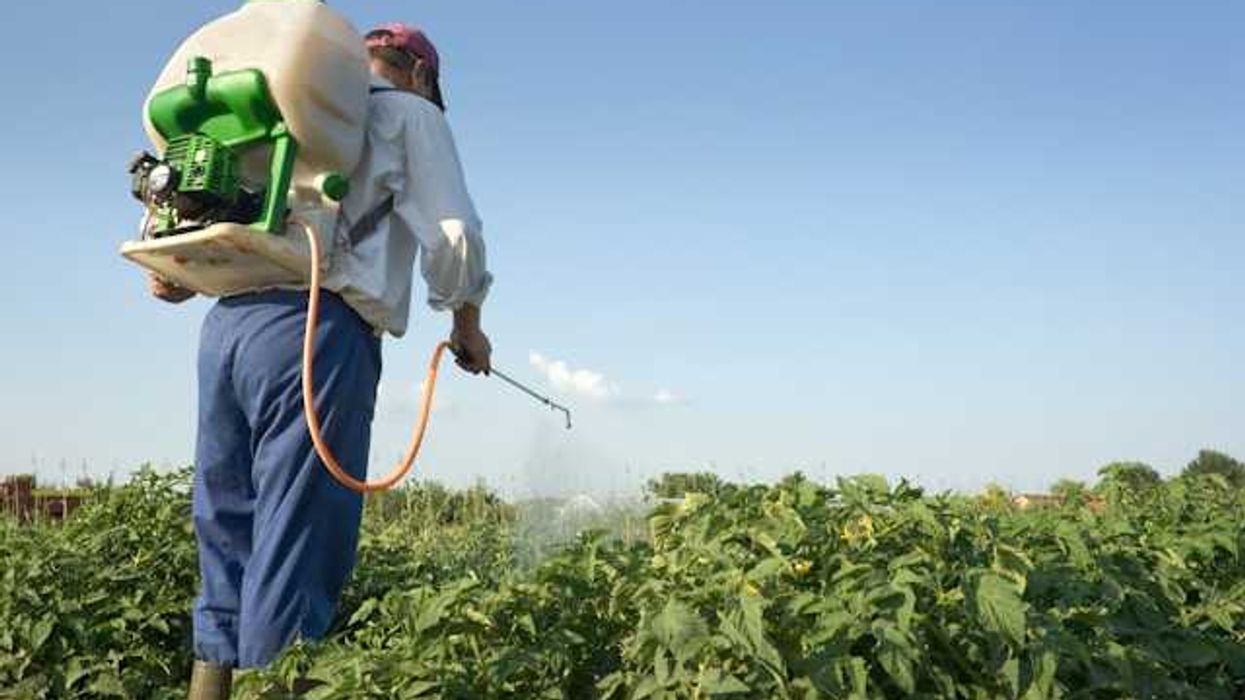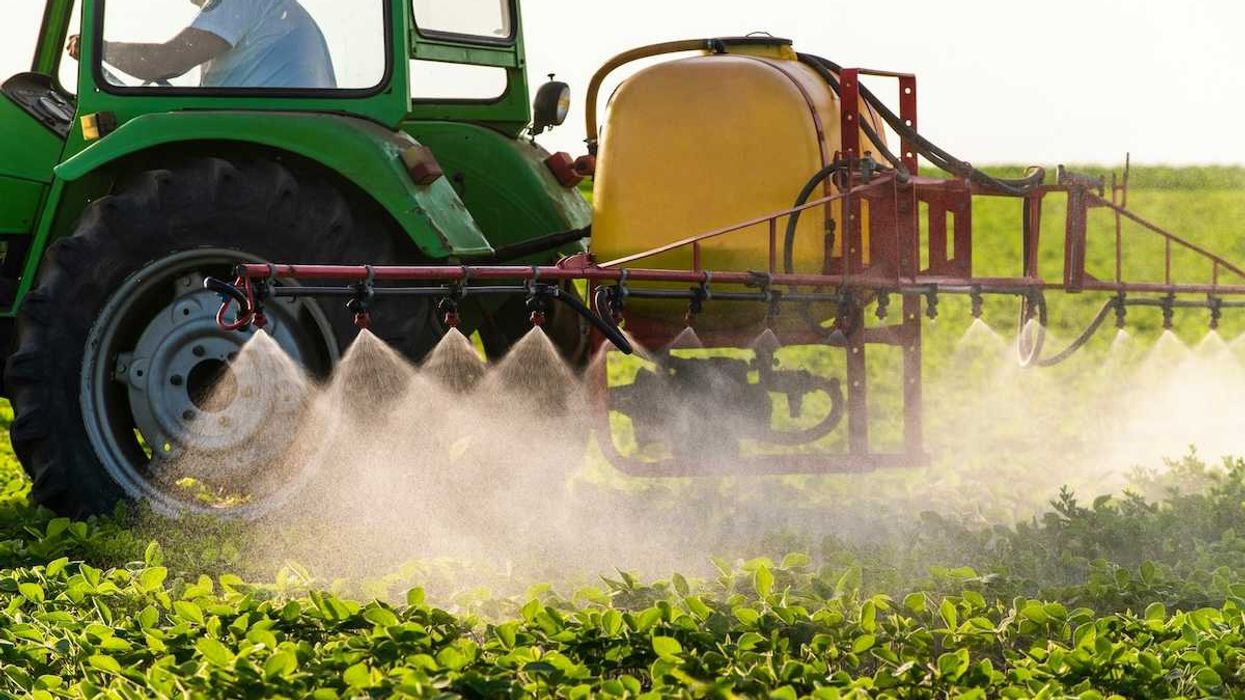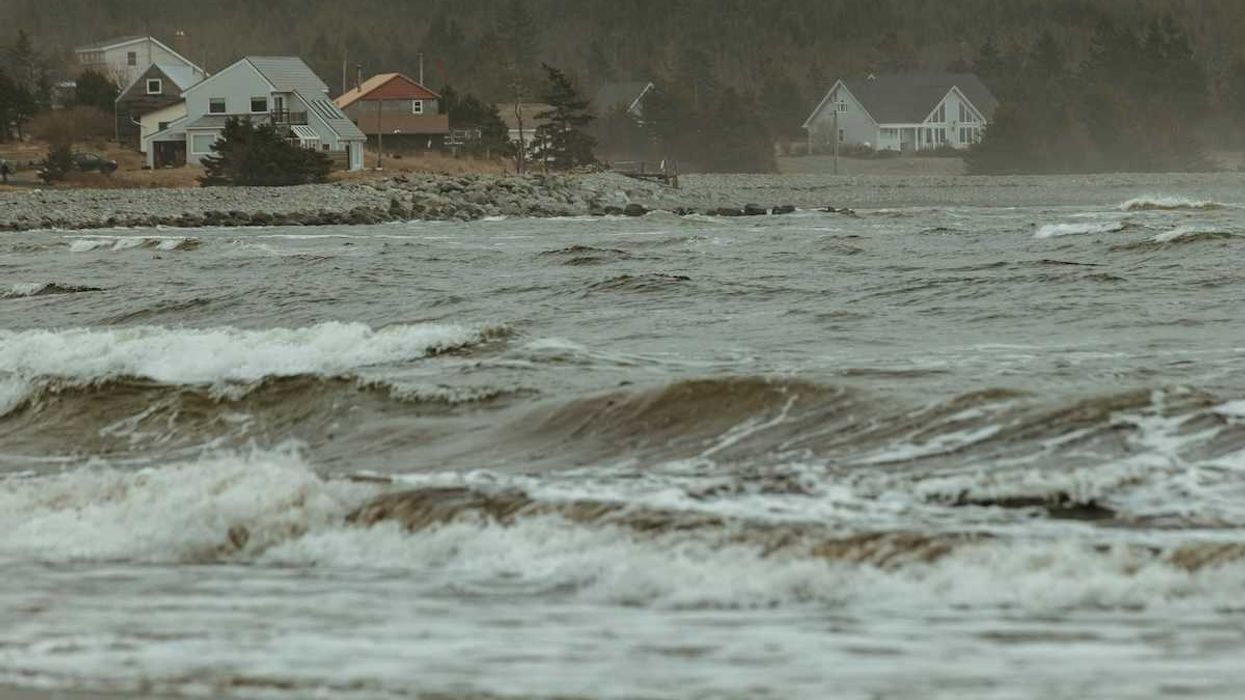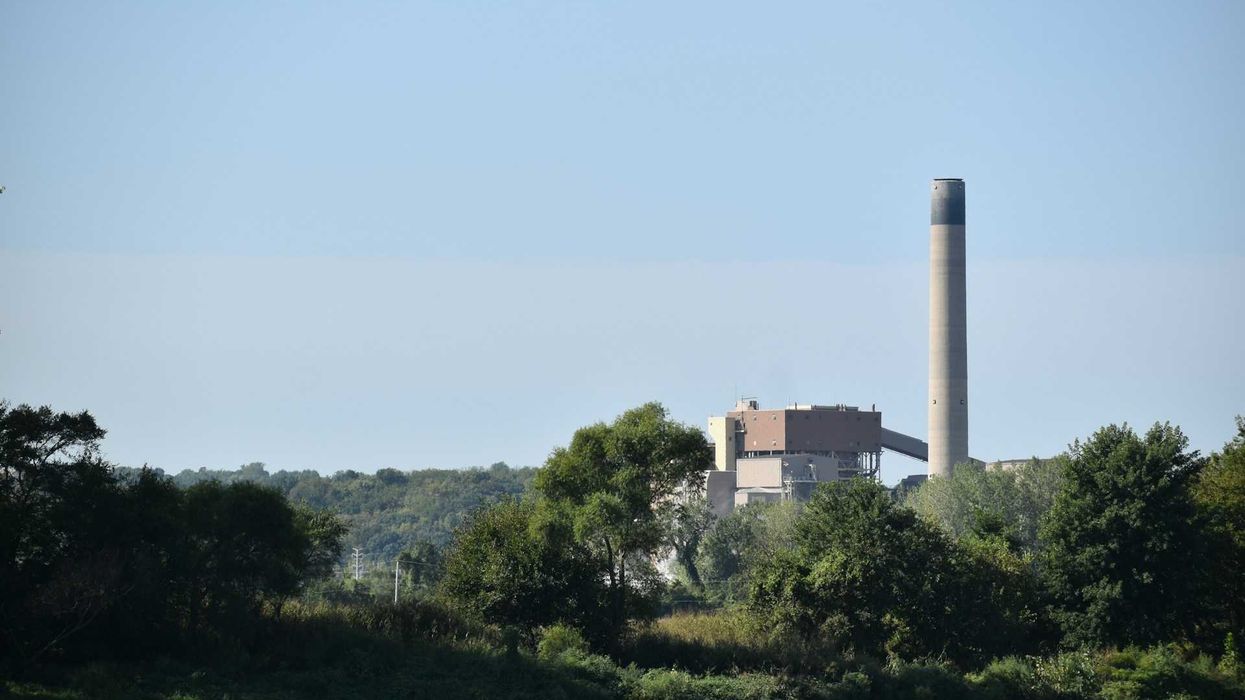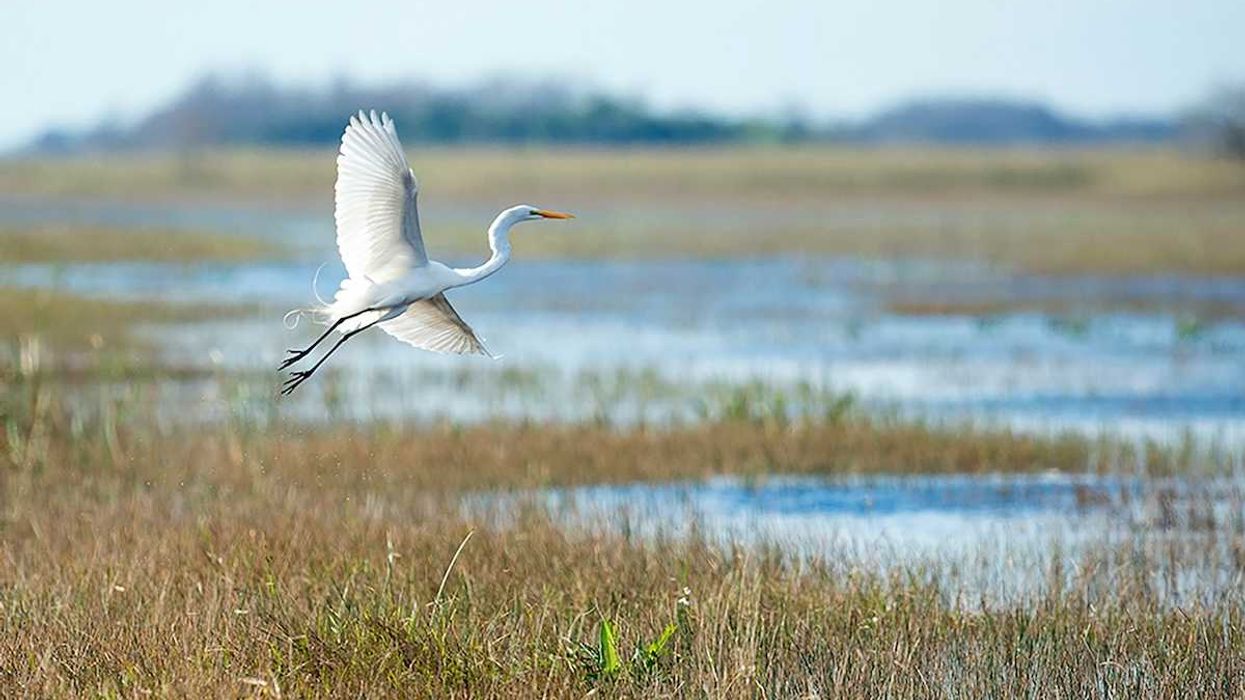Conservationists report a worrying decline in UK bat populations, attributing the drop to an unusually wet summer that has reduced the insects they feed on.
Donna Ferguson reports for The Guardian.
In short:
- Malnourished and underweight bats are being rescued in various regions including Cambridgeshire and Norfolk.
- The decline in insect populations, worsened by wet weather, threatens all 17 UK bat species.
- The Butterfly Conservation charity notes a significant decrease in butterflies and moths, crucial for ecosystem health.
Key quote:
“This is likely to be because of the wet spring and now the colder than normal temperatures. Butterflies and moths need some warmth and dry conditions to be able to fly around and mate – if the weather doesn’t allow them to do this, there will be fewer opportunities to breed.”
— Dr. Dan Hoare, director of conservation, Butterfly Conservation
Why this matters:
Bats play a crucial role in ecosystems as natural pest controllers, consuming vast quantities of insects that would otherwise damage crops and spread disease. Their dwindling numbers could lead to an increase in the insect population, potentially affecting agricultural productivity and public health.
Related EHN coverage:


